Big Garden Birdwatch 2017 Results
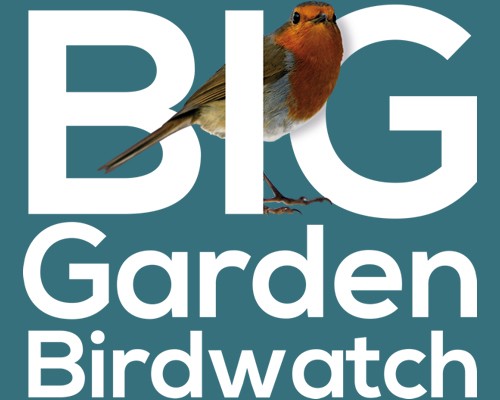
6th April 2017
The results for the Big Garden Birdwatch 2017 are in!
Around 500,000 people took part this year with over 8 million birds counted!
The top ten most common birds spotted in this year’s Big Garden Birdwatch are as follows:
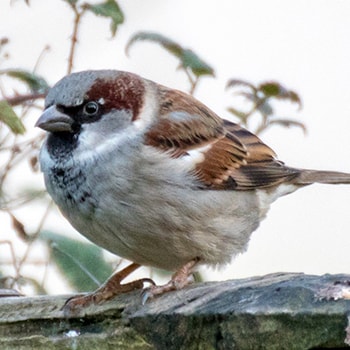
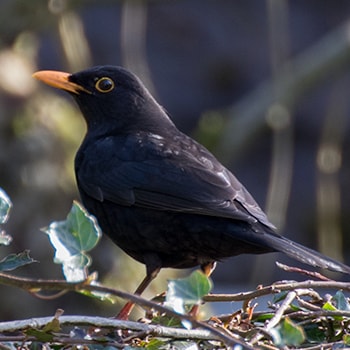
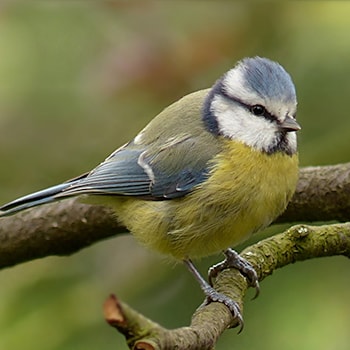
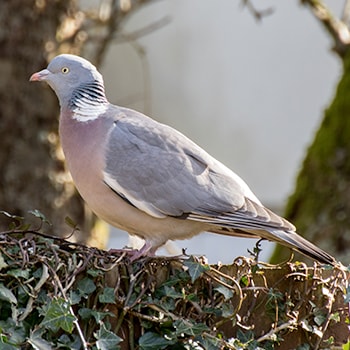
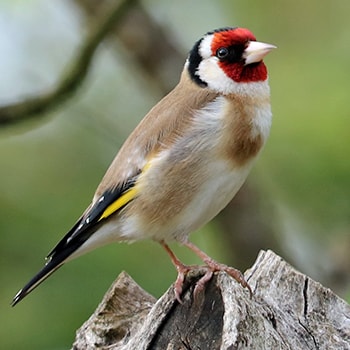
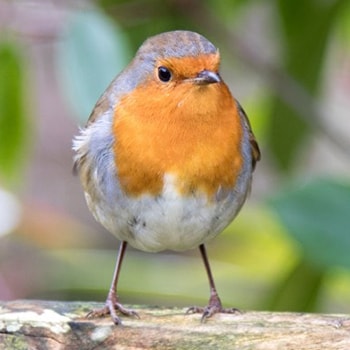
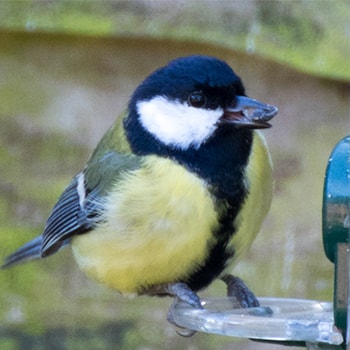
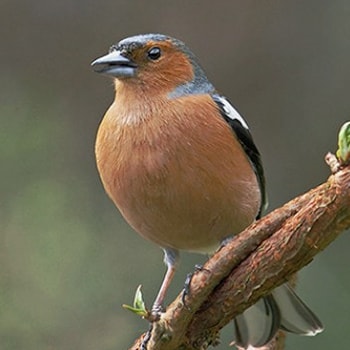
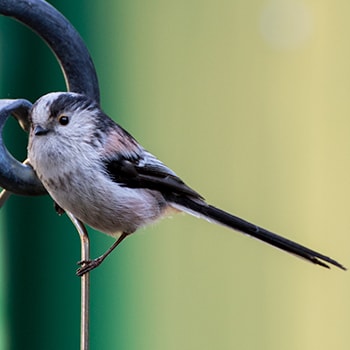
With increases and decreases in species numbers across the board it is as important as ever to keep an eye on wild bird numbers. Based upon the figures of studies such as the Big Garden Birdwatch it is possible for further research to be carried out to help us gain a better understanding of the struggles our wildlife and specific species face.
You’ll be pleased to hear that the Big Garden Birdwatch 2017 saw an increase in numbers of birds visiting gardens!
Goldfinch sightings in UK gardens have increased by 44% since 2007, they have been seen more regularly taking advantage of bird tables and feeders for food.
Blackbird sightings are up 27% from 2007; the Blackbird is the UK’s most widespread garden bird spotted in more than 93% of UK gardens!
The nations favourite bird, the Robin, has been sighted visiting gardens at highest levels for more than 20 years in 2017, this is up by 24% since 2007.
Starlings were seen in 50% of gardens this year, this in a 10% increase on Starling sightings in 2016! Starlings are a common bird seen in gardens however, the species has been in decline since 1979. The RSPB are continuing to research the reasons for the decline to help find a solution help bring the bird back up to safe numbers again.
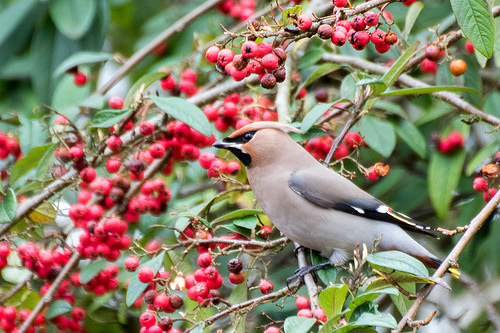
This year was a great year for Waxwings visiting gardens (we even saw some locally). Due to a lack of berries in Scandinavia, there has been hundreds of sightings of Waxwings across the UK, even as far as wales and Ireland.
The Greenfinch has suffered a major decline due to the disease Trichomonosis since the 1990s. The disease resulted in a 59% decline since 1979 when the Big Garden Birdwatch began. This serves as a reminder to us all to keep our feeding areas clean to help Greenfinches, along with other species, survive!
Chaffinches are still considered to be a common sight in most gardens in the UK but they have been in decline by since 1979, resulting in 57% fewer sightings in 2017 compared to numbers when the Birdwatch began. By feeding the wild birds in your garden you are helping to give species such as the Chaffinch a helping hand throughout the year!
The weather can have a major impact on the success of the breeding or wild birds, this has been clear in this year’s Big Garden Birdwatch due to the prolonged wet weather in 2016. If the weather is too wet in spring the number of caterpillars available to birds such as the Blue Tit, Great Tit and Coal Tit to feed their young is reduced, leading to fewer young surviving. The sightings of all three of these Tits in gardens has declined by at least 10% since last year’s Birdwatch.
On a more positive note pied wagtails are at a new high ranking 29 in this year’s Big Garden Birdwatch!
The Big Garden Birdwatch is a fantastic way to keep tabs on the status of each species of wild birds in the UK. If you missed the date this year then make sure you sign up to next year’s Birdwatch to help do your bit for wildlife!
The RSPB would like to thank everyone who is giving nature a home in their gardens, whether you feed the birds, put up nest boxes, or tend to your garden with nature in mind you can sleep easy knowing you are doing your bit for nature!
--
Sign up to the Peckamix Newsletter and receive 10% off your next order!